Jakarta no mo the Capital, no?
Unfortunately, the world’s cities have tended to grow wildly, inefficiently and even crazily, like weeds, or molds, or in the opinion of some disgruntled planners cancers.
In many cases as a formerly slow and peaceful urban area fills up with millions of those hoping to get-rich-quick (and this is a universal story) the quality of life degrades rapidly.
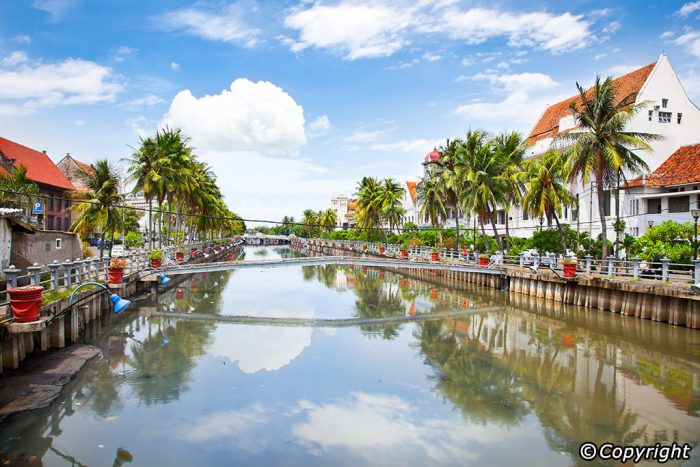
Jakarta used to be a pleasant coastal city, easy-going and prosperous.
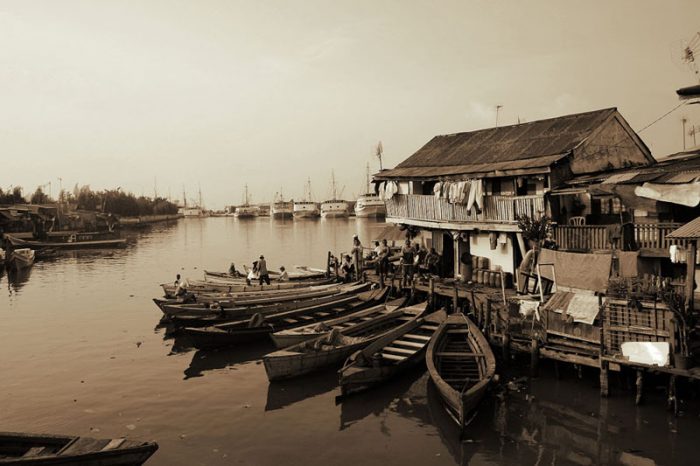
You could bathe in the river and you could breathe the air. Compare such scenes to life in Indonesia’s capital today, wow.
Sukarno, the first President of the Republic of Indonesia, recognized the need to decentralize and move the capital to more “neutral territory”: there was already resentment among ethnic groups around the archipelago about the “Java-centric” political power, economy and attitude of cultural superiority. Javanese may have thought themselves superior culturally to other Indonesians but the Minang, Manadonese, Bugis and Balinese – among others – resented such arrogance. Thus the danger of Indonesia splintering into a kaleidoscope of tiny, hostile states. The nation’s second President, Suharto, was equally aware of this danger. He did not want to become “Suhartito” and see “Indoslavia” shatter the way that the sorry state of Yugoslavia ended up, after the death of dictator Josef Broz Tito.
Thus Suharto had a variety of generals, including Christians, allies from West Sumatra and others – but still his attitude was that Java was superior and the center of all.\
Will Brasilia be the model for the new capital of the Republic of Indonesia?

They carved it right out of the jungle, and today it is a teeming city of 2.5 million – but mostly allied with the federal Government or its service support.
Brasilia may indeed stand as the model for Indonesia’s move to East Kalimantan. The great fear of the power-brokers in this country has always been fragmentation, and during the 1950s a number of separatist regional movements, some based on religion and others on cultural differences, had to be put down by the military. Twenty years ago East Timor voted in a UN-sponsored referendum to leave the Republic; that was a violent and bloody affair, bringing much shame and disgrace onto Indonesia.
Today it is Papua Province, where long-standing grievances are in danger of exploding. Moving the capital to East Kalimantan can be seen as one effort by the Government to demonstrate more concern for the provinces, many of which consider themselves exploited like colonies.
“First the japanische, then the javanische” was the way the Timorese put it: “First we were colonized by the Japanese, then by the Javanese…”
Actually a surprising number of countries have succeeded in moving their capitals – and with the world linked ever more closely today through telecommunications and the internet it doesn’t really matter where you are. A few years ago, there was even a serious discussion of setting up an international financial center in Bali – allowing the moneymen to live in style and do all their business on the web. Alas, that went nowhere.

Nur-Sultan, newly-established capital of Kazakhstan
(yeah, looks pretty sterile & inhuman)
Places such as Myanmar, Kazakhstan and Germany have done just this in recent years, while in olden times Turkey, Egypt, Norway, India, Japan and even the USA (surprise!) made the big move to a purpose-built capital. So it can be done.
Australia is another case of choosing a “neutral territory” for the capital. Wikipedia on Canberra: “On 1 January 1901, federation of the colonies of Australia was achieved. Section 125 of the new Australian Constitution provided that land, situated in New South Wales and at least 100 miles (160 km) from Sydney, would be ceded to the new federal government. Following discussion and exploration of various areas within New South Wales, the Seat of Government Act 1908 was passed in 1908 which specified a capital in the Yass-Canberra region. The land was transferred to the Commonwealth by New South Wales in 1911 creating the Australian Capital Territory, two years prior to the capital city being founded and formally named as Canberra in 1913.
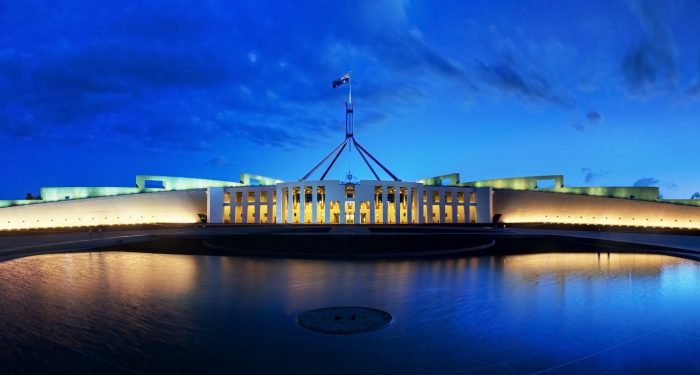
Parliament House, Canberra – opened in 1988
“It is unusual among Australian cities, being an entirely planned city outside of any state, similar to Washington, D.C. in the United States or Brasília in Brazil. Following an international contest for the city’s design, a blueprint by American architects Walter Burley Griffin and Marion Mahony Griffin was selected and construction commenced in 1913.[11] The Griffins’ plan featured geometric motifs such as circles, hexagons and triangles, and was centred on axes aligned with significant topographical landmarks in the Australian Capital Territory. The city’s design was influenced by the garden city movement and incorporates significant areas of natural vegetation.
But placing the capital far away from centers of business and social life can have drawbacks as well. Canberra, dating from 1913, was supposed to be a “neutral ground” somehow settling the historial rivalry between Melbourne and Sydney.
Many ordinary Australians think Canberra is isolated from their daily concerns, and that politicians, once voted in, don’t really care or know about the immediate problems of their constituents.

There is so much resentment that former Prime Minister Paul Keating reportedly called Canberra “…one of the country’s greatest mistakes…” and suggests it be left behind as a national capital.
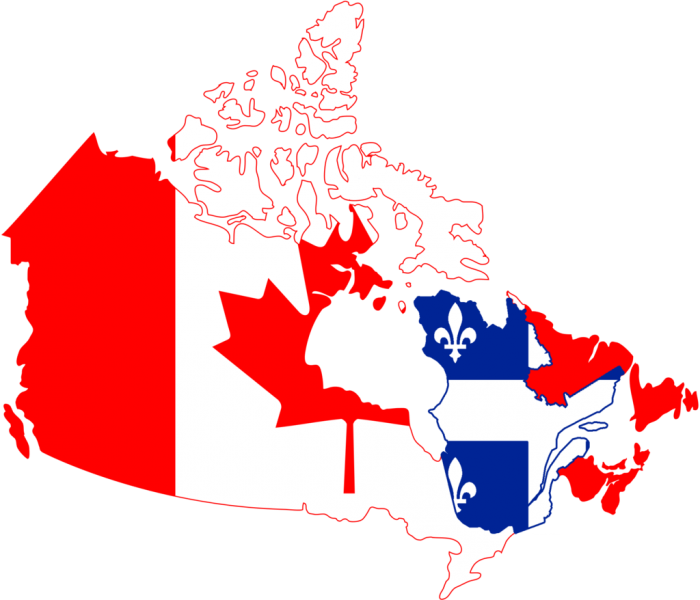
The tension of competitive cultures exists similarly in Canada, where there is eternal rivalry between the huge French-speaking Province of Québec, population 9 million, and the other 30 million Canadians living in English-speaking regions; thus the creation of Ottawa, a neutral boring capital placed smack between the two cultures of Canada. Skating on the Rideau Canal in winter is considered the most fun you can hope to have in Ottawa. But business gets done; there are mostly bilingual Prime Ministers, such as the current Mr. J. Trudeau, whose father put down by force a strongly separatist movement in Québec in the late 1960s.
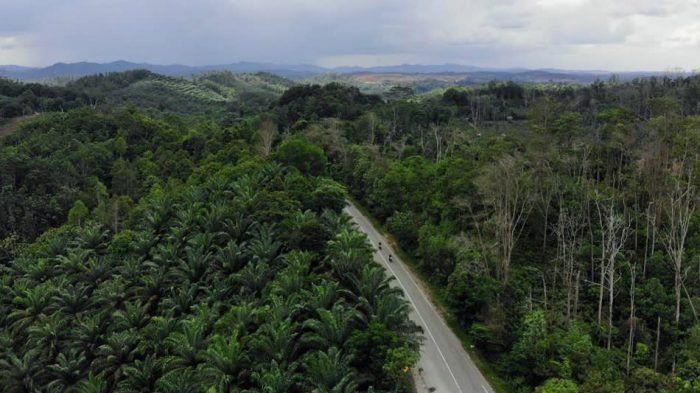
Here’s your new capital of the Republic of Indonesia, boys and girls.
Enjoy the natural splendor!
And that, dear readers, is one reason why Indonesia may never succeed in moving the capital: the project will get sabotaged by those most affected, namely, the legions of civil servants and other employees, who have their homes, businesses, families and social life in Jakarta.
And what’s more, does Indonesia have the thirty-three billion dollars for the move? Imagine all those big-shot ministers and department heads having to sell out and buy again.
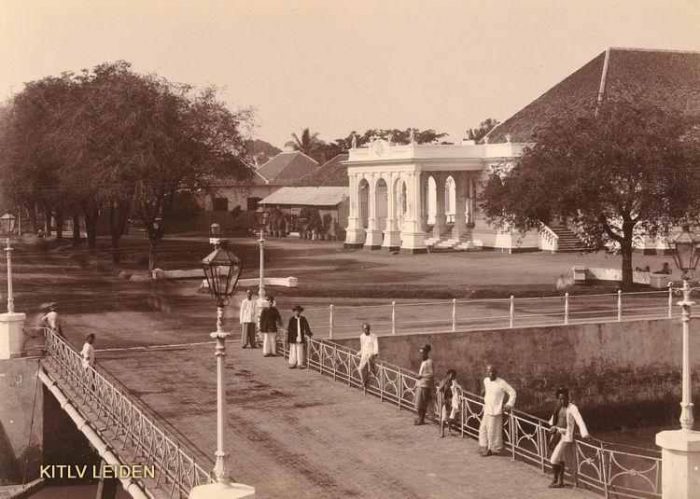
Jakarta, with its flooding, pollution, horrendous traffic, crime and expense: but at least it’s home.
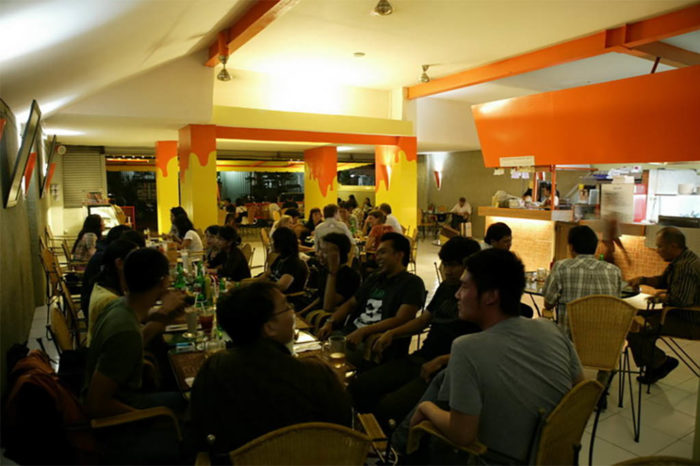
And speaking of “home”, our loyal readers and eaters will always be welcomed back to the classic Menteng area of Jakarta and to Ya Udah Bistro, where a great selection of European and Asian cuisine and drinks awaits you, along with an elegant, polite mood, good company and a breezy outdoor atmosphere where you can smoke and laugh and yell to your heart’s content.
Hey, thanks for reading our Ya Udah Bistro blog. Please check out some of the earlier newsletters on the Ya Udah Bistro website. We do appreciate your comments on these fanciful expositions as well. All Comments welcome!



